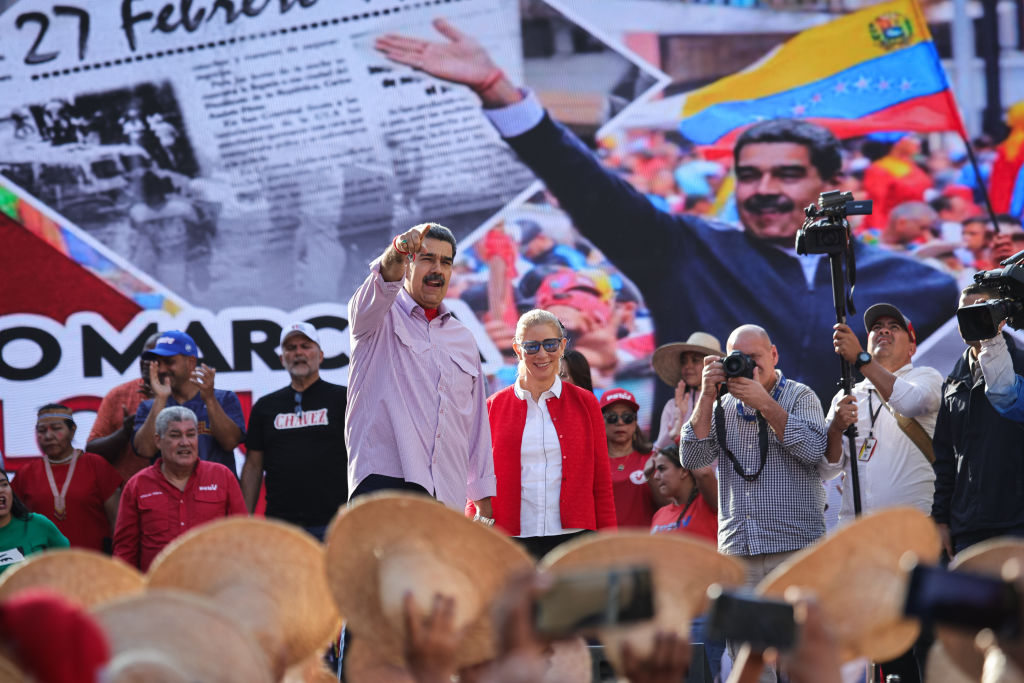LatAm in Focus: Six Weeks to Fix Venezuela's Health Crisis
LatAm in Focus: Six Weeks to Fix Venezuela's Health Crisis
Venezuela's government could solve its malnutrition crisis—if it wanted to. Caritas Venezuela's Susana Raffalli explains how.









